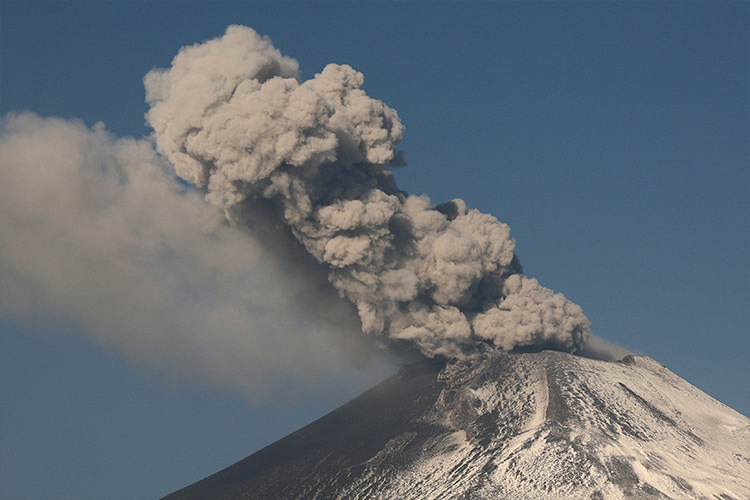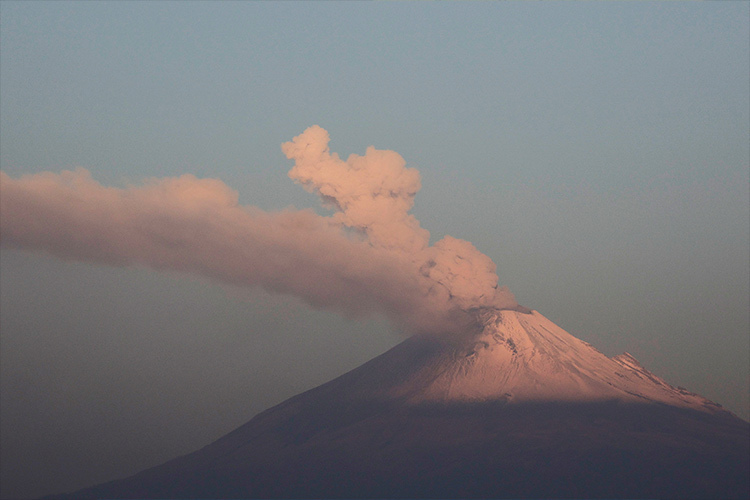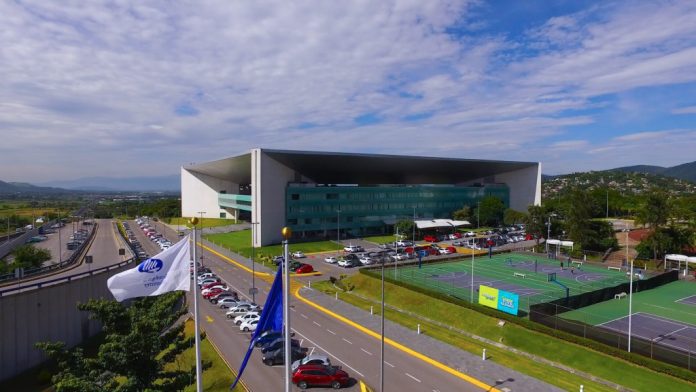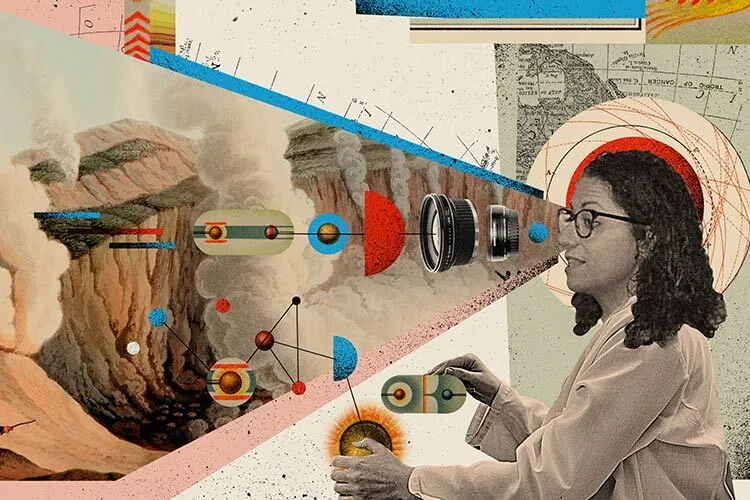Volcanologist Rosanna Bonasia first heard about Popocatépetl in 2003, while studying for a PhD in Naples. The researcher, who specializes in natural and engineering risks, was later called upon to study the dispersion of ash from the volcano in Mexico.
She is co-author of the current Popocatépetl Volcano Hazard Map and author of several scientific publications on forecasting the dispersion of volcanic ash in the atmosphere and its deposition on the ground.

Hazard map for the Popocatépetl volcano
“There are three main types of scenarios that can be determined in the case of falling ash, based on the historical records of the volcano’s past activity,” says the Tec de Monterrey professor from the School of Engineering and Sciences when interviewed by TecScience.
In the most catastrophic scenario, she explains that the volcanic ashes could reach Cuba, because these calculations involve considering three elements.
“The first is the wind, which doesn’t always blow in the same direction. The other parameter is the physical variations within the atmosphere. Finally, there are the characteristics of the volcanic particles: dimension, shape, and composition. This determines thousands of scenarios,” says the professor from the Department of Sustainable and Civil Technologies.
The first hazard map of the volcano was drawn up in 1995, when Popocatépetl awoke after 70 years of inactivity.
However, the new hazard map published in 2016 considered new probability curves in different scenarios that contemplate the risk of ejected ash, ballistic projectiles, pyroclastic flows, lahars (mudflows from a volacano), avalanches, and lava.
The future of the volcano
Two thousand years ago, the volcano had Plinian eruptions that ejected columns of ash of more than 20 kilometers high. Knowing this, Bonasia was able to do statistical studies to calculate what would happen to the ash dispersion in a similar scenario.
“It’s impossible to know with mathematical certainty what activity the volcano will have in the future, so we are going to try to simulate all the scenarios to calculate the probability and where the ash can go and where it will be concentrated,” she explains.
Popocatépetl entered yellow phase three on May 21 of this year. Besides the alert level for the volcano, there is no reason to escalate the situation because the volcano’s activity is completely normal, explains Bonasia.
On Tuesday, June 6, the National Civil Protection Department lowered the alert level back to yellow phase two on the recommendation of a scientific advisory panel.
















